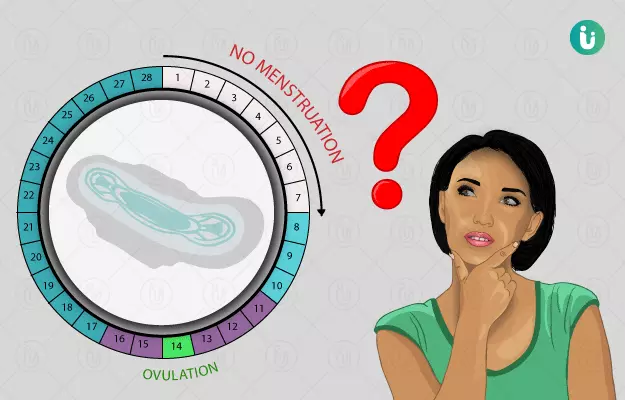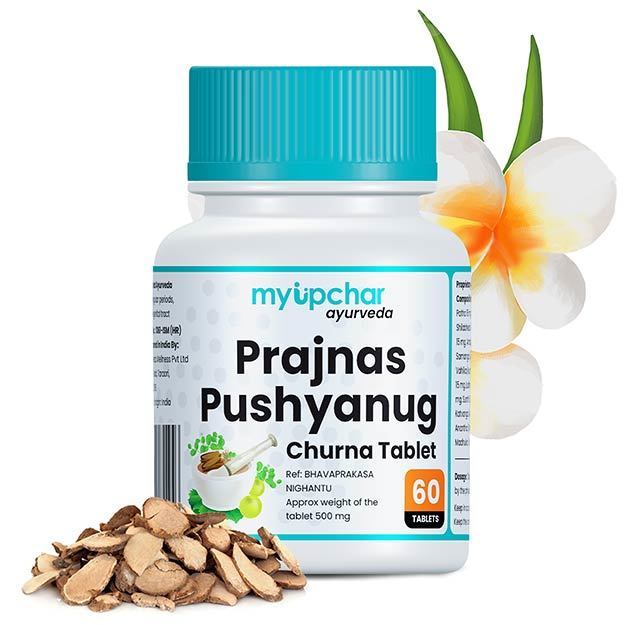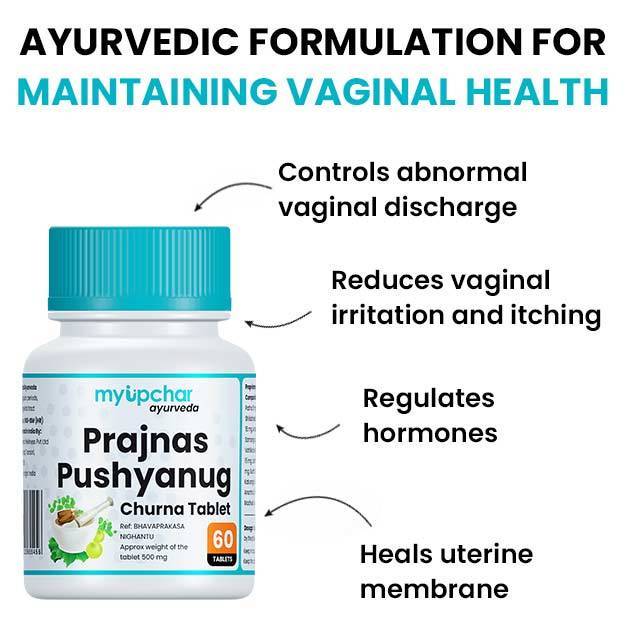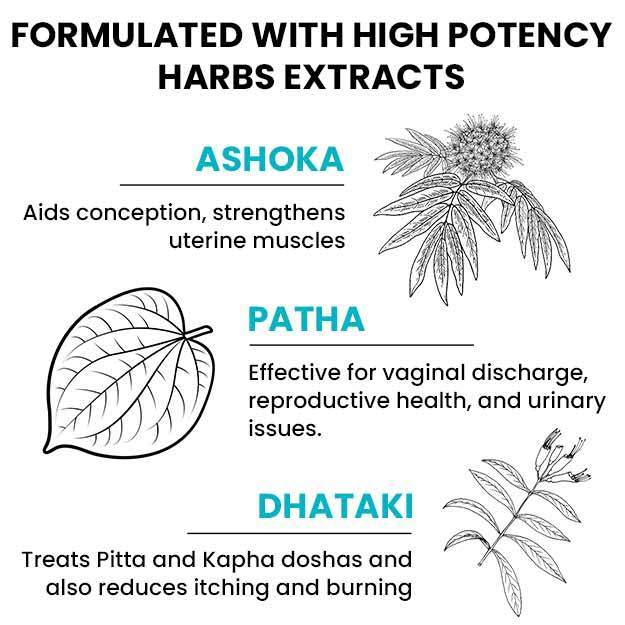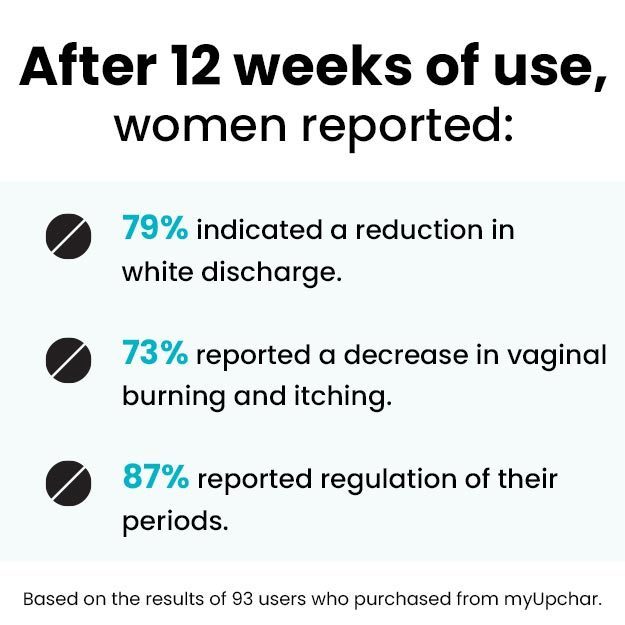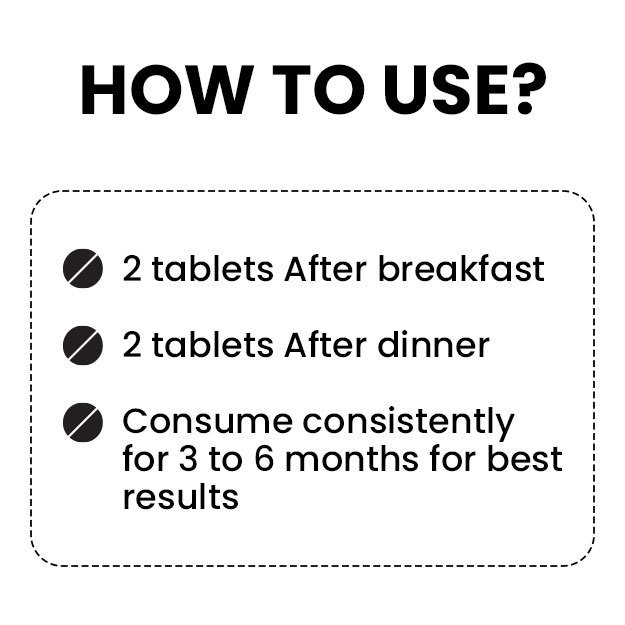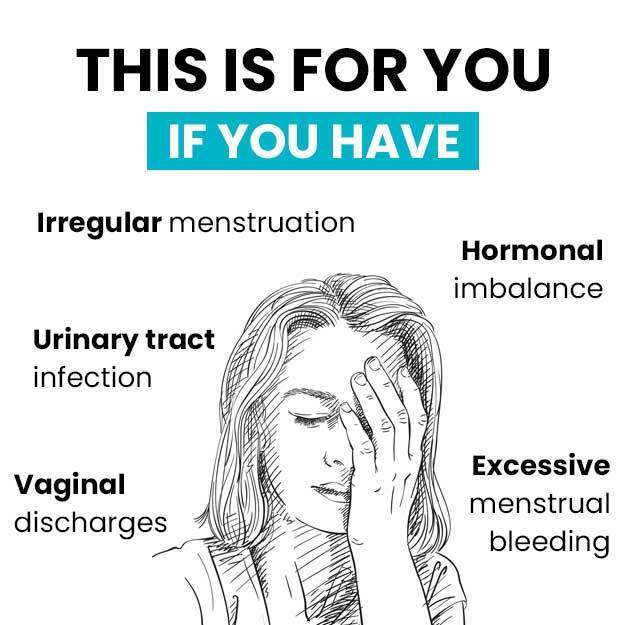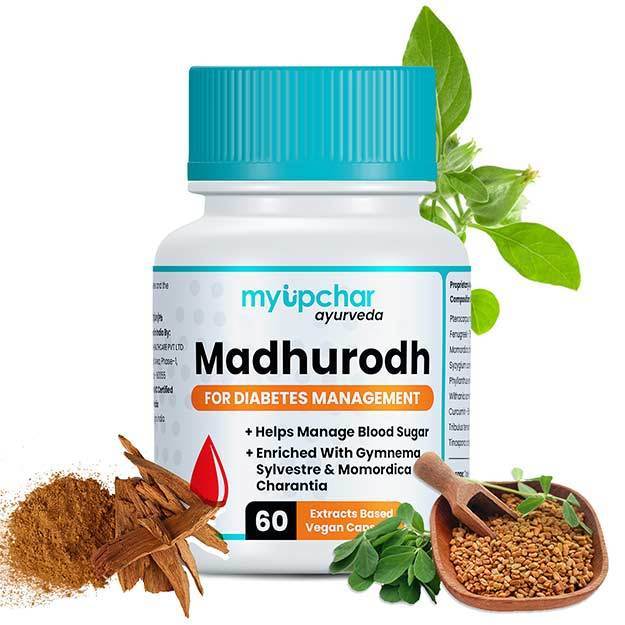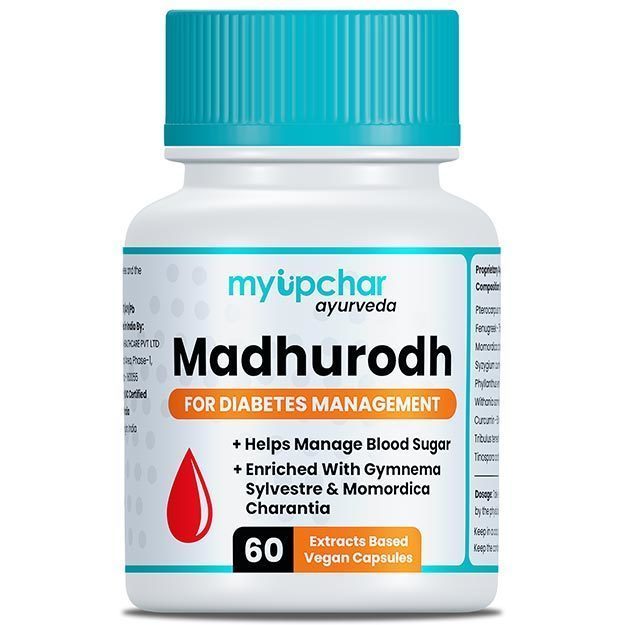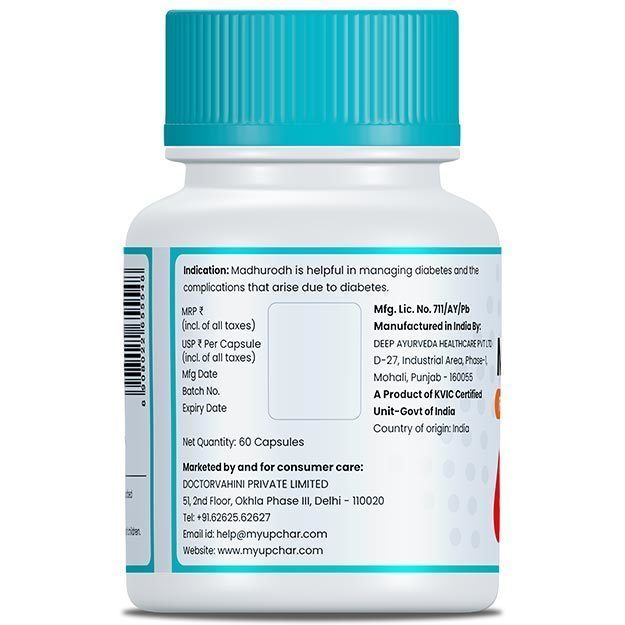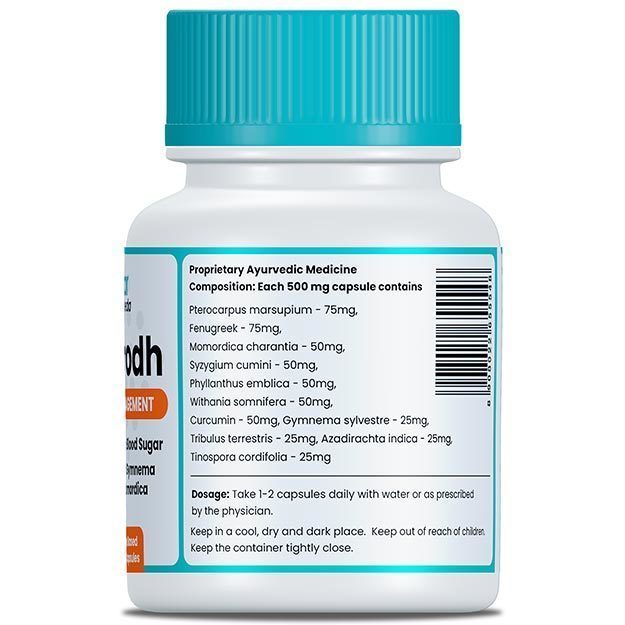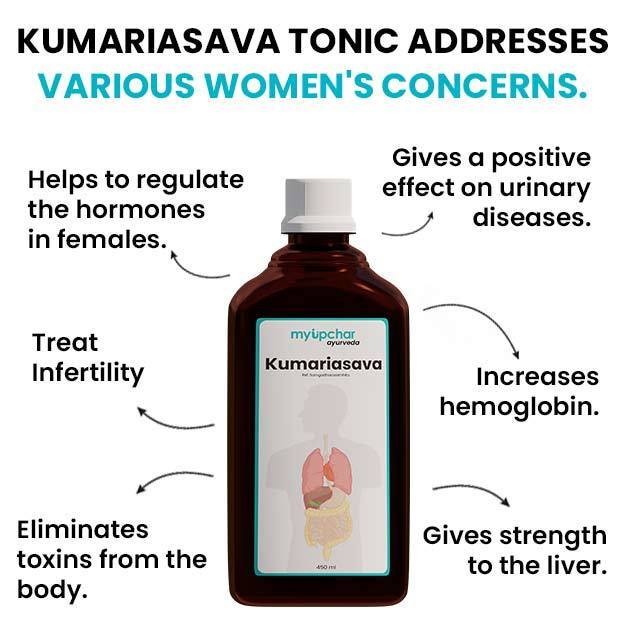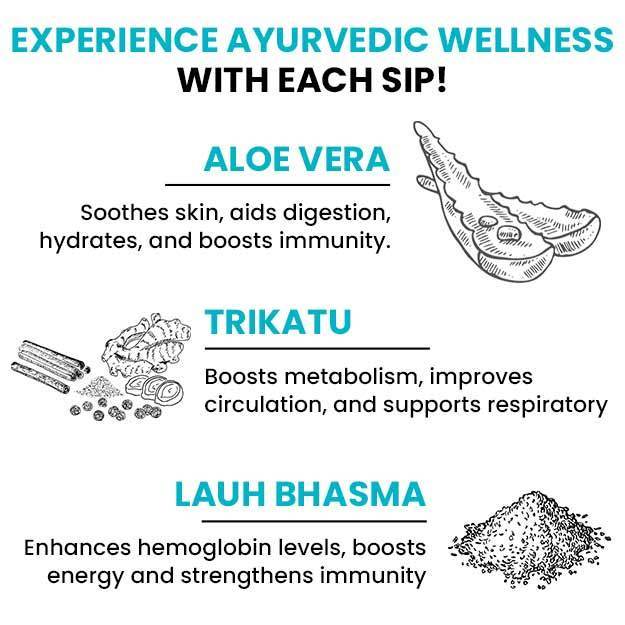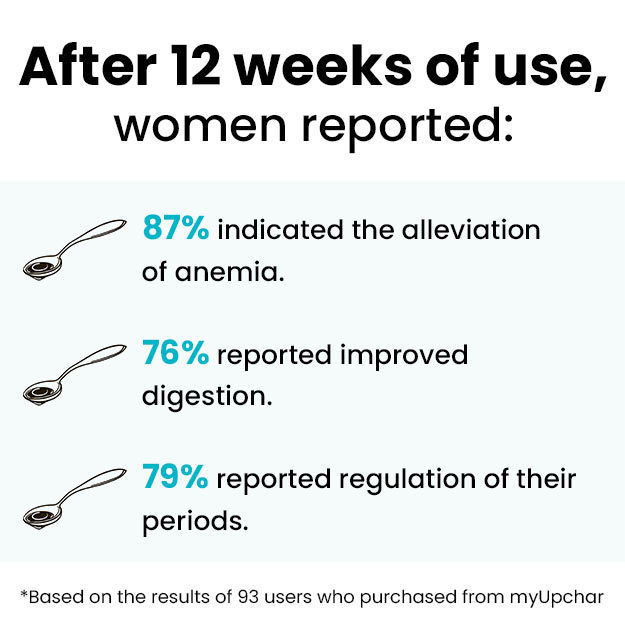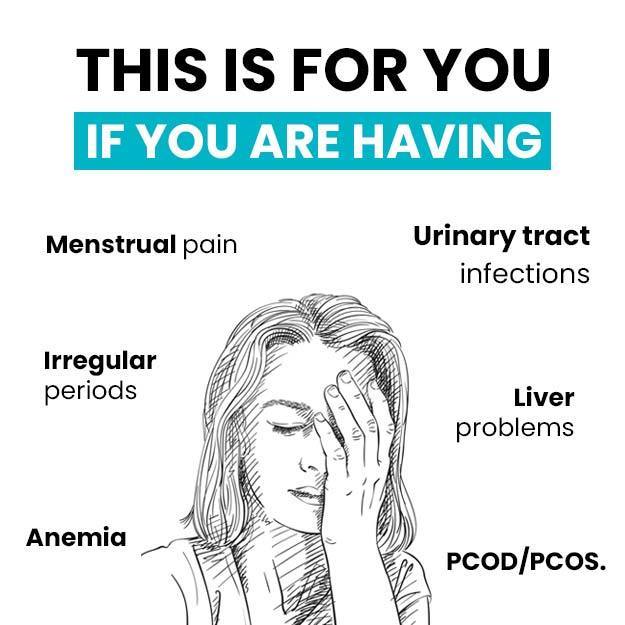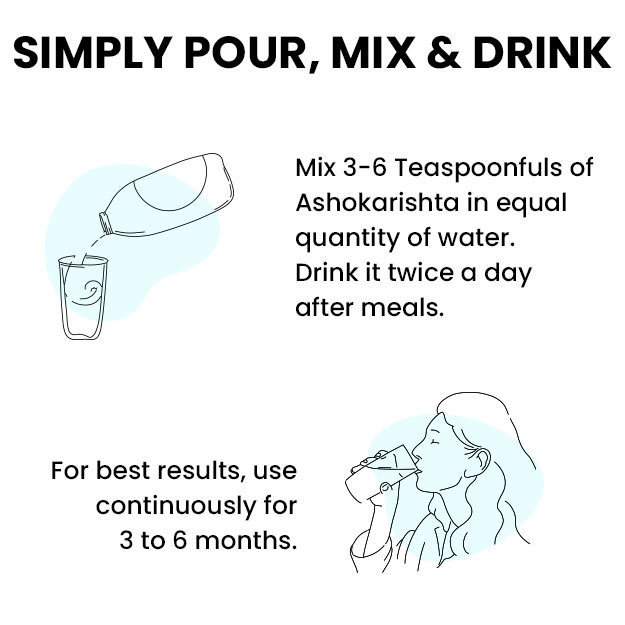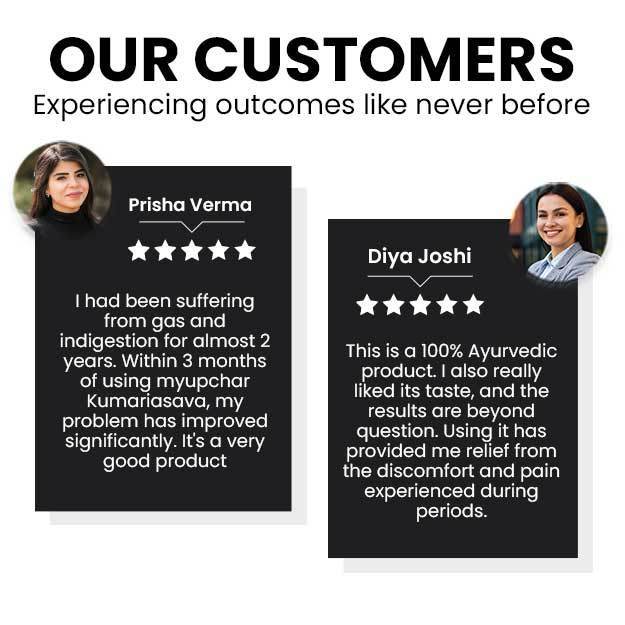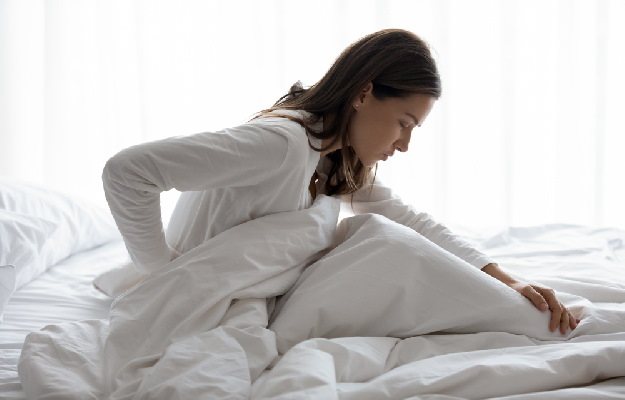Summary
Menstrual cycles are a part of the processes that prepare a woman’s womb to carry a baby. When the woman does not get pregnant, the lining of her womb is shed on a monthly basis, which is known as a period. However, there are many irregularities and disorders associated with menstruation. The common menstrual disorders include scanty menstrual bleeding (hypomenorrhoea), heavy menstrual bleeding (menorrhagia), painful menstrual bleeding (dysmenorrhoea), delayed menstrual bleeding (oligomenorrhoea), and missed or absent periods (amenorrhoea).
Oligomenorrhoea is a menstrual disorder of infrequent periods in the range of 6-8 periods in a year. The normal menstrual cycle typically is of 21-35 days duration, however, if you do not get your period after 35 days, it is a sign of delayed menstrual bleeding, and the condition is medically termed as oligomenorrhoea. The condition is common in women diagnosed with the polycystic ovarian syndrome (PCOS). Other causes are faulty food habits, medical conditions including diabetes, thyroid dysfunction, or a hormone-secreting tumour. The symptoms involve infrequent bleeding with or without a scanty flow and mostly unpredictable flow patterns throughout the cycle. The diagnosis can be made by physical examination followed by some blood tests and imaging studies.
Preventive measures, such as regular exercise, balanced diet, and stress-free living, can help to avoid oligomenorrhoea. Treatment includes conventional methods with hormonal or birth control pills. Ayurvedic treatments, such as "Panchakarma" and herbal medicines, can also be useful. Homoeopathy and yoga can also provide a great deal of relief. If left untreated, the condition may lead to infertility. There can be cardiovascular (heart-related) complications, osteoporosis, and rarely serious complications, such as cancer of the uterus. However, oligomenorrhoea is a treatable condition, and the regular menstrual cycle can be easily restored.


